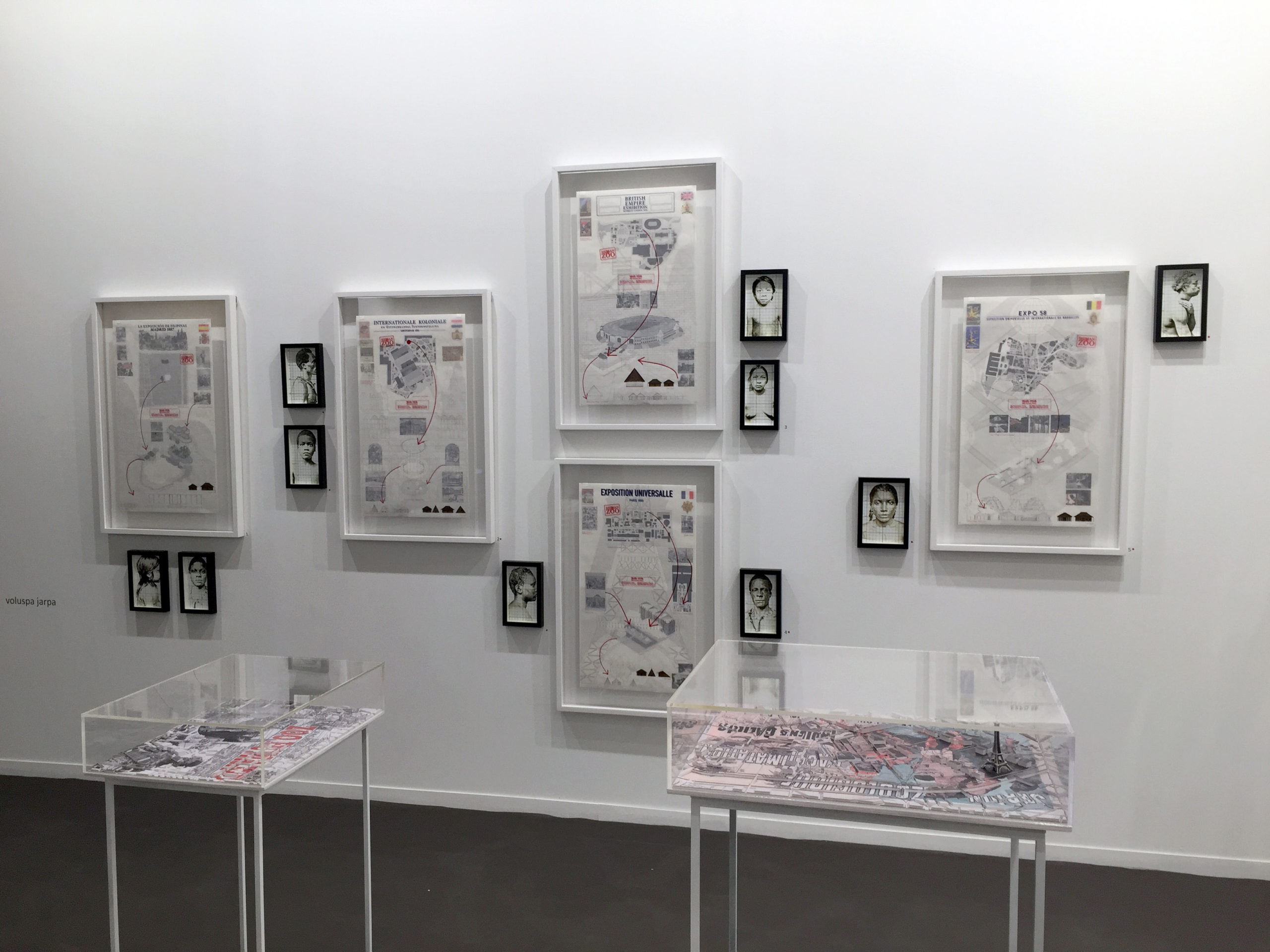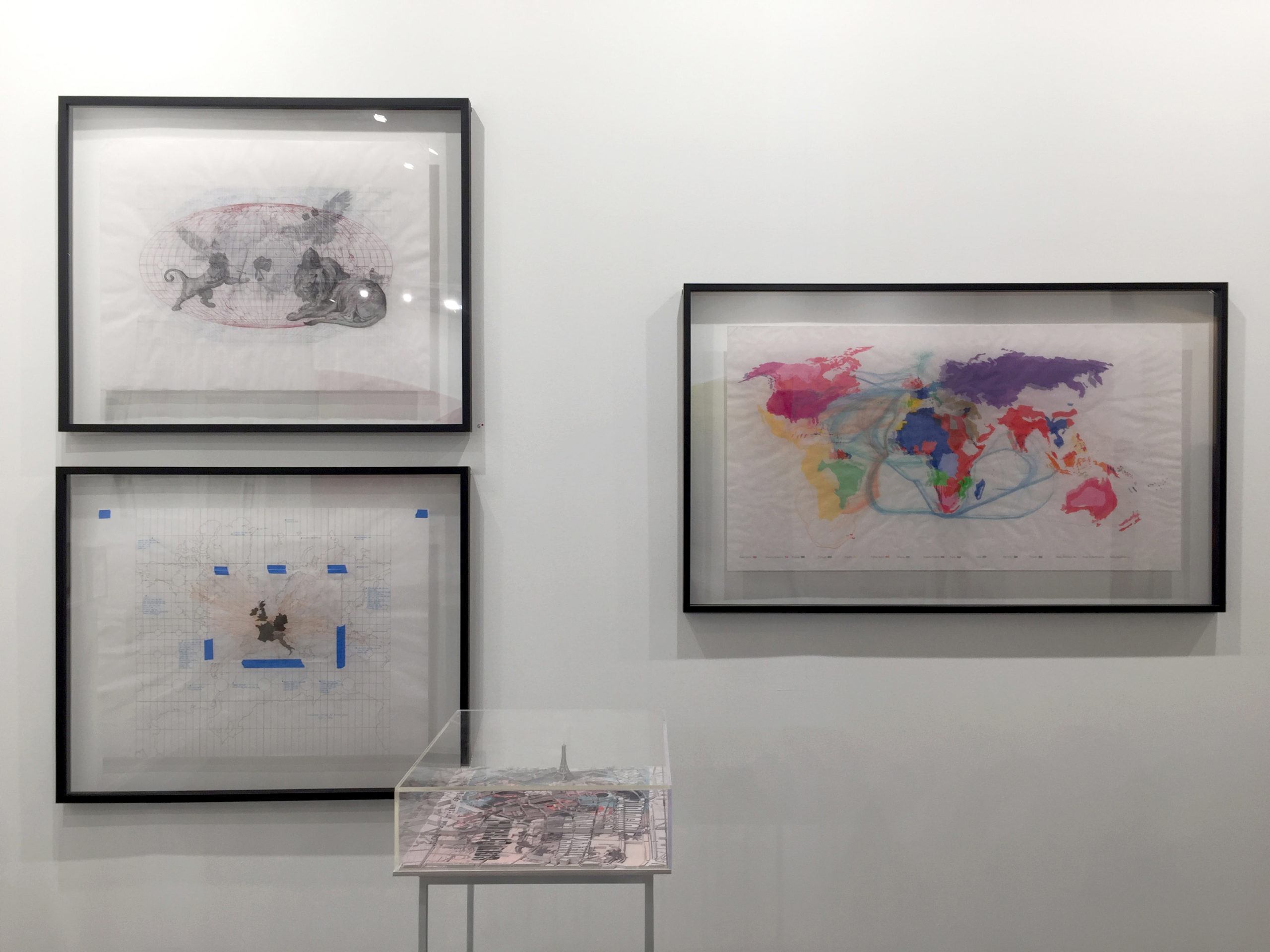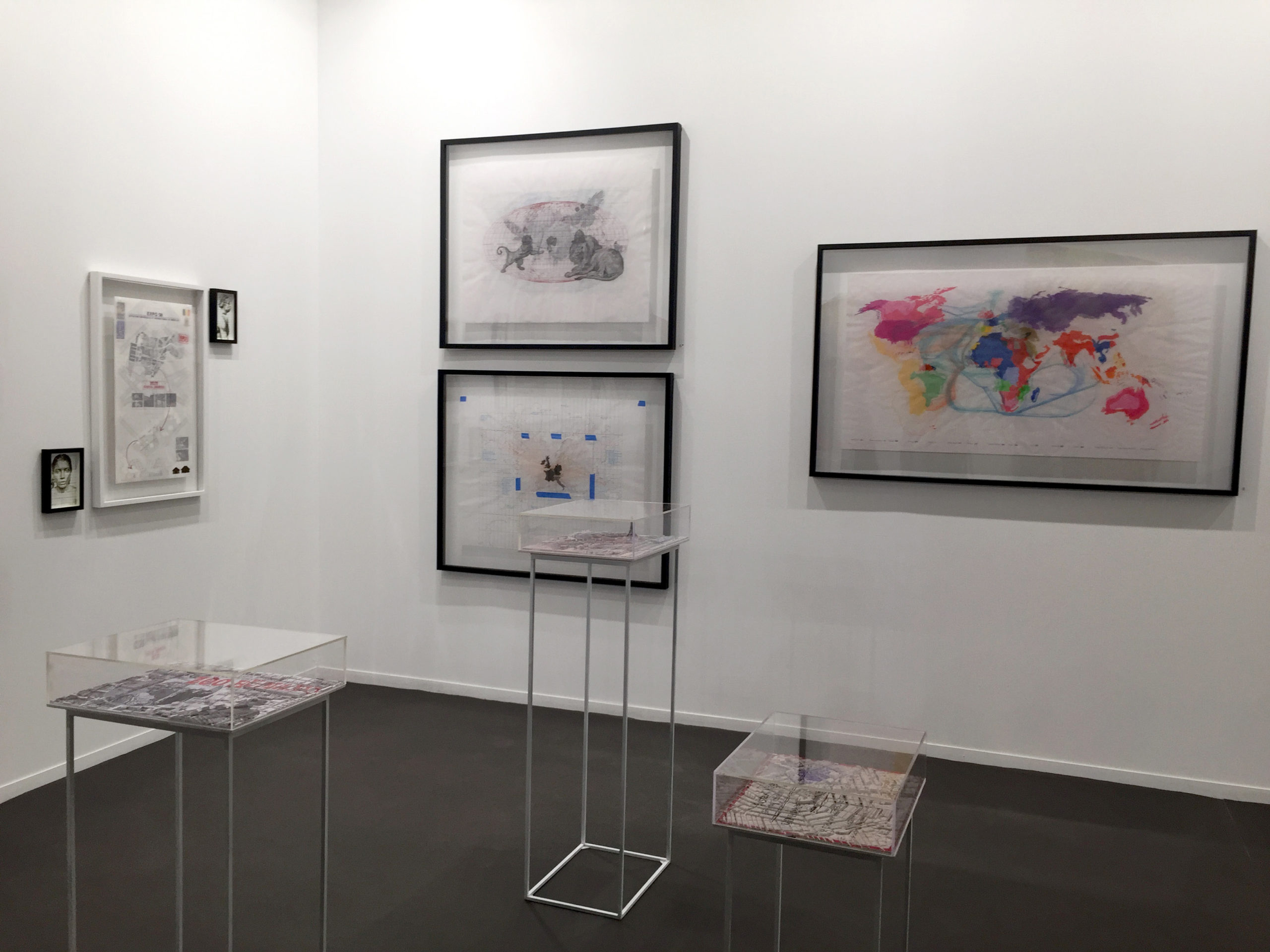
ZOO
The phenomenon of human zoos, exhibited in Europe, served to establish economic expansionist principles by building the notions of savages, the exotic and the others. From 1815 to 1958 they meant the popularization of European racism and the legitimization of the conquest over the territories of these non- European places. Since 1874, and taking Germany the lead, the merchant of animal, Karl Hagenbeck was the creator of human zoos. He set up shows in which individuals from “exotic” villages were shown. In the first year he received a million visits. On May 6, 1889, the Universal Exhibition was held in Paris. As part of the celebration of the Revolution and its motto of Equality, Fraternity and Freedom, the Selknam Indians, abducted from Tierra del Fuego, along with other aborigines were exhibited as savages. The Lumiéres brothers made films of the exhibition, recording their massive attendance and enjoyment of these human exhibits. The Garden of Acclimatization, in Paris, was one of the places built as scenery to exhibit animals, plants and “wild”. The “scientific view” also helped emphasize cultural differences between Western and non-European nations. In Darwin’s travel diaries it can be read that he considered Fuegians as “the most abject and miserable creatures.” Darwin came to the false belief that the natives practiced cannibalism. These “scientific” conclusions became popular after 1850. In those years appeared the Essay on the inequality of human races (1853) by the French writer Joseph Arthur de Gobineau, the initial work of racist philosophy. His thesis, based on the racial factor, is decisive in establishing the cause of the death of civilizations. Aryan racial superiority is based on “the monopoly of beauty, intelligence and strength.”
The work ZOO takes this cultural, social and geopolitical phenomenonof human zoos in Europe which is approached in the work to explain its magnitude in relation to the long period of exhibition of the phenomenon (more than a century) and its geopolitical and urban extension in different European cities. Through a series of maps, models and objects, arranged on the wall, the work will reflect the dimension of the phenomenon.
exhibición:
“DIÁLOGOS” (DIALOGUES) SECTION WITH CECILIA VICUÑA
CURATED BY: AGUSTÍN PÉREZ RUBIO
ciudad:
país:
Especificación:
- Mapa Animales Imperiales
Digital print and pencil on tracing paper - Mapa Zoo Humanos
Digital print and pencil on tracing paper - Mapa Hegemonía
Colored pencils on tracing paper - Jardin Zoologique d’Acclimatation
Digital print on adhesive paper, on PVC model, with clear acrylic cover - Zoo Humano
Digital print on adhesive paper, on PVC model, with clear acrylic cover - Groote indische Tentoonstelling
Digital print on adhesive paper, on PVC model, with clear acrylic cover - Internationale Koloniale. Amsterdam 1883
Digital print and pencil on paper - La Exposición de Filipinas. Madrid 1887
Digital print and pencil on paper - Exposition Universalle. Paris 1889
Digital print and pencil on paper - British Empire Exhibition. London 1924
Digital print and pencil on paper - Expo 58. Bruselles
Digital print and pencil on paper


